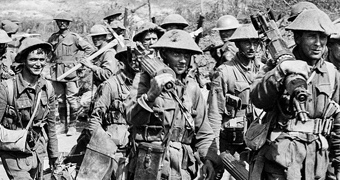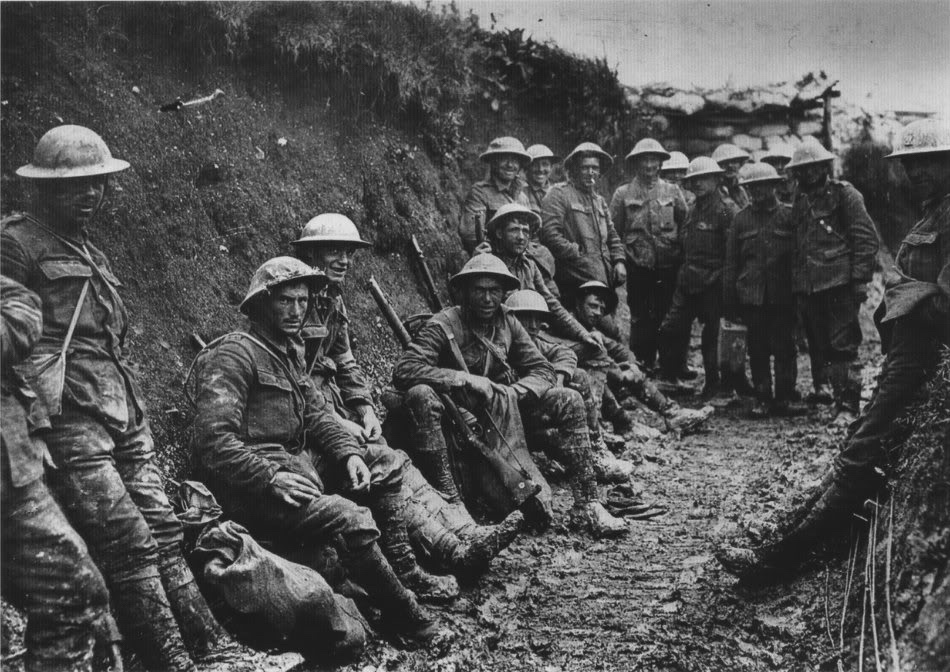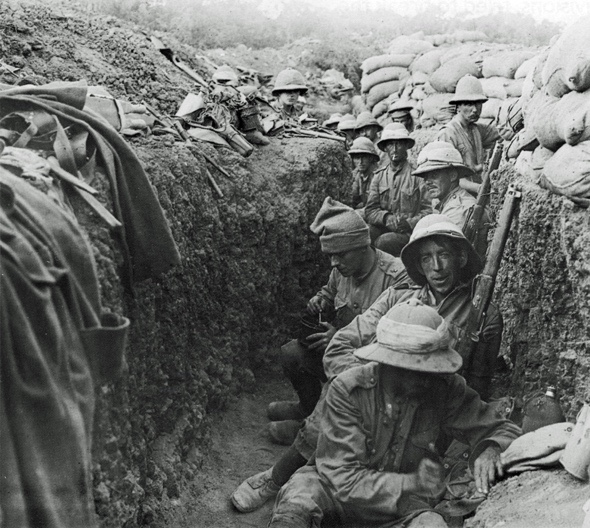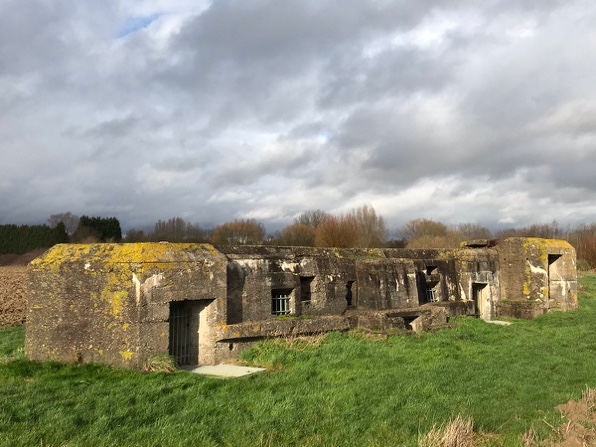I always try to do posts that have something to do with the Navy, being on the water, diving, or subjects like that. But I read about this a couple of years ago, and I have always wanted to post about it. The more I read about WWI, the more I am amazed at the plain disregarded for life.

The attack on Fromelles on July 19-20, 1916, was Australia’s first significant action on the Western Front. The 5th Division, which led the attack, was made up of veterans of the Gallipoli campaign and recently trained reinforcements. The operation was intended to keep the German reserves away from the Somme, where the main Allied attack had begun on July 1. This battle is considered Australia’s worst 24 hours in their military history.
The British 61st and the Australian 5th divisions were deployed at Fromelles. Both had just arrived in France without combat experience; for the Australians, it was their first battle on the Western Front. They were up against the 6th Bavarian Reserve Division, which had just won the battle of Aubers the year before. To make matters worse for Commonwealth troops, the pre-battle bombardment, which lasted eleven hours, was poorly executed.

With skillfully placed German observation positions, some camouflaged within trees, viewing the troop assembling locations, the battle was never going to be the surprise the Allies planned. Second Lieutenant Waldo Zander, a 30th Battalion officer from Sydney, remembered being perplexed by inconsistent information sent to him and his soldiers before the Fromelles attack. He also mentioned that, despite requests for confidentiality, he had overheard French folks at the local establishments inquiring about the “big day”.
The infantry onslaught, which began at six o’clock in the morning on July 19, 1916, was met by intensive machine gun fire and bombardment in a large stretch of no man’s land (over 300 meters). The four waves of troops were slaughtered one by one; while a few Australian soldiers managed to get through German lines, they were rapidly isolated and exposed to counter-attacks. The bodies of dead and wounded Australians littered No Man’s Land, with some comparing the gruesome scene to a big butcher’s shop. Despite the failure of the first attempt, a second attack was launched at 9 a.m. The Australian survivors of the first onslaught, completely isolated after a night in the German trenches, sought to reclaim their lines on the morning of July 20. Still, they were met by the enemy’s machine guns once again.

The Australians then began an attack based on intelligence regarding the German lines to capture the third and last German line. The attacking Australians were met with the fact that the German third and final lines were missing. Aerial reconnaissance revealed that the third line was nothing more than empty ditches. In an undefendable situation, the attacking Australians formed their defensive positions as best they could.
The Australians were nearly annihilated within 15 minutes of leaving their lines when they attacked the ‘Sugar Loaf’ defensive feature, which was characterized as an “elevated concrete stronghold bristling with machine guns”. The 59th Battalion’s Corporal Hugh Knyvett stated.

The Australians lost 5,533 men and the British 1,400 in a twenty-four-hour period with nothing to show for it. Only 107 of the Australian 60th Battalion’s 887 soldiers survived the conflict. Adolf Hitler, a corporal in the 16th Bavarian Reserve Infantry Regiment at the time, appears to have taken part in the combat.


Of a population of 5 million at the time Australia lost about 60,000.
Life is good in Australia, and they have a strong tradition for going far away to fight so others might have it better as well.